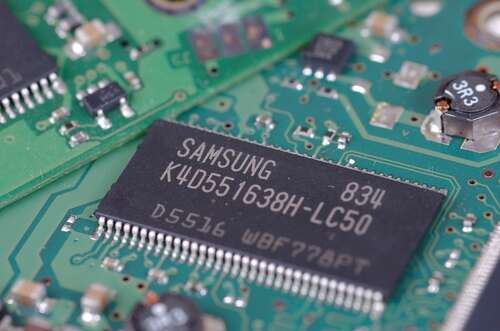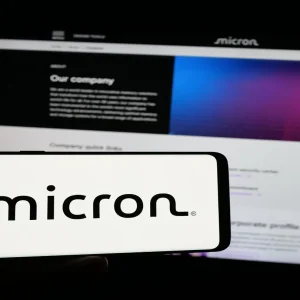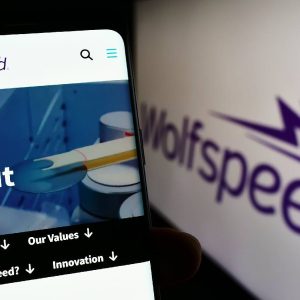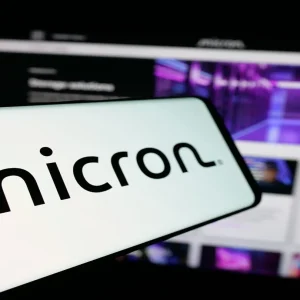
Samsung will continue to invest in its semiconductor business despite reporting its lowest quarterly profit in eight years. The Korean electronics giant’s latest results reflect a downturn in the chip market which has seen rival Intel announce that it expects to make a loss in the upcoming quarter.

The company posted revenue of 70.46trn Korean Won ($57bn), with operating profit of 4.3trn Won ($3.49bn), its lowest level since 2014. In the chip division, the decline was even sharper, with profit of 270bn Won in Q4, down from 8.83trn Won a year ago. This represents the worst quarterly performance since 2009.
Despite this, the company said in its guidance for the year ahead that its capital spending would be of similar levels to 2022. It has previously pledged to invest $151bn in non-memory chip foundries over the next decade.
How Samsung plans to grow its semiconductor business
Samsung is one of only two companies in the world, alongside Taiwan’s TSMC, capable of making advanced chips used in high-end products such as smartphones, servers and high-performance computers. It makes chips for its own phones, TVs and other devices, as well as for third parties through its foundry services division. Last year the company became the first to launch production of three-nanometre chips – the smallest and most advanced semiconductor technology developed to date.
In today’s earnings report, Samsung pins the blame for falling revenue largely on the declining memory chip market. The global chip shortage of 2021 saw customers buy large amounts of stock, resulting in a glut of components in the market. At the same time, demand for devices such as PCs and servers among enterprise and consumer buyers is falling.
“Overall memory demand weakened as customers continued to adjust their inventories amid deepening uncertainties in the external environment,” a Samsung statement said, adding that demand for DRAM used in servers also fell, while the mobile market was also sluggish.
Looking ahead, Samsung expects “customers’ inventory adjustment stance has remained unchanged as economic uncertainties continue”. The statement adds: “Although demand recovery momentum in the short-term is concerned, Samsung will continue to minimize any adverse impacts by actively addressing the demand for high-end products.”
Indeed, its guidance for 2023 says Samsung will increase the proportion of its spending on R&D as it expects demand for high-end memory chips and other products to rebound in the second half of 2023. This could prove a strategically sensible move in the memory market, as it may help the company increase its share of the memory market.
According to figures from research company Trendforce, Samsung held 43% of the DRAM market in the second quarter of last year, ahead of its Korean rival SK Hynix (27.4%) and US vendor Micron Technologies (24.5%).
Doom and gloom at Intel as semiconductor market shrinks
Samsung's dire results come days after another leading chipmaker, Intel, also posted historically low numbers in its latest earnings report.
Intel recorded a net loss of $664m in the final quarter of 2022, with revenue down 32% year-on-year. "Clearly, the financials aren’t what we would have hoped," CEO Pat Gelsinger told a call with investors, blaming factors outside the business's control. Like Samsung, Intel is confident it can weather the storm until demand rebounds. "While we know this dynamic will reverse, predicting when is difficult," Gelsinger added.
In the meantime, Intel plans to cut $3bn in costs this year, though whether this will impact its factory building programme is unclear. Last year it was reported "thousands" of staff could be made redundant, though job cuts of this scale have not been confirmed by the company. However, documents filed with the California state government earlier revealed it is laying off more than 500 staff there.
It is not all bad news for the chip industry though. Dutch company ASML, which makes equipment used by chip manufacturers, reported growing income when its results came out last week, and anticipates 25% sales growth for the year ahead.






